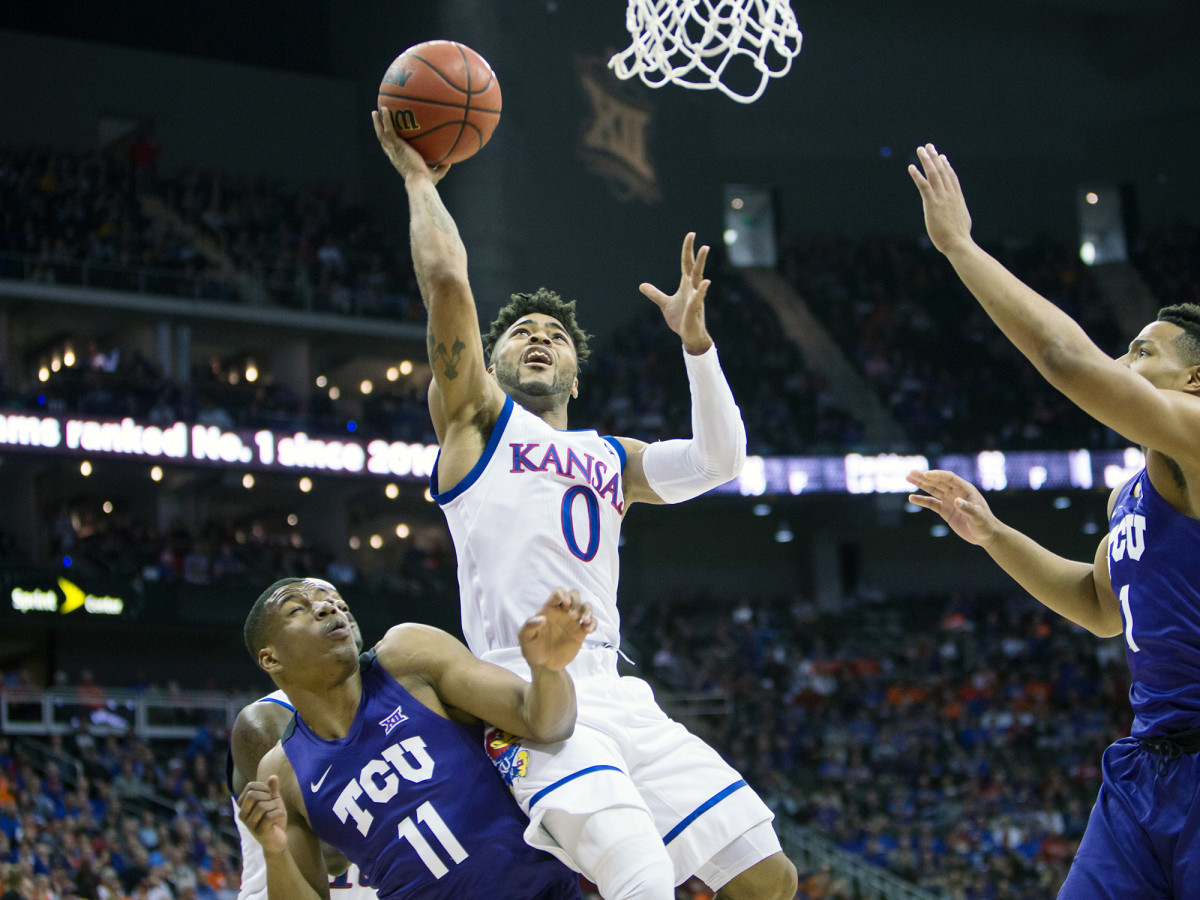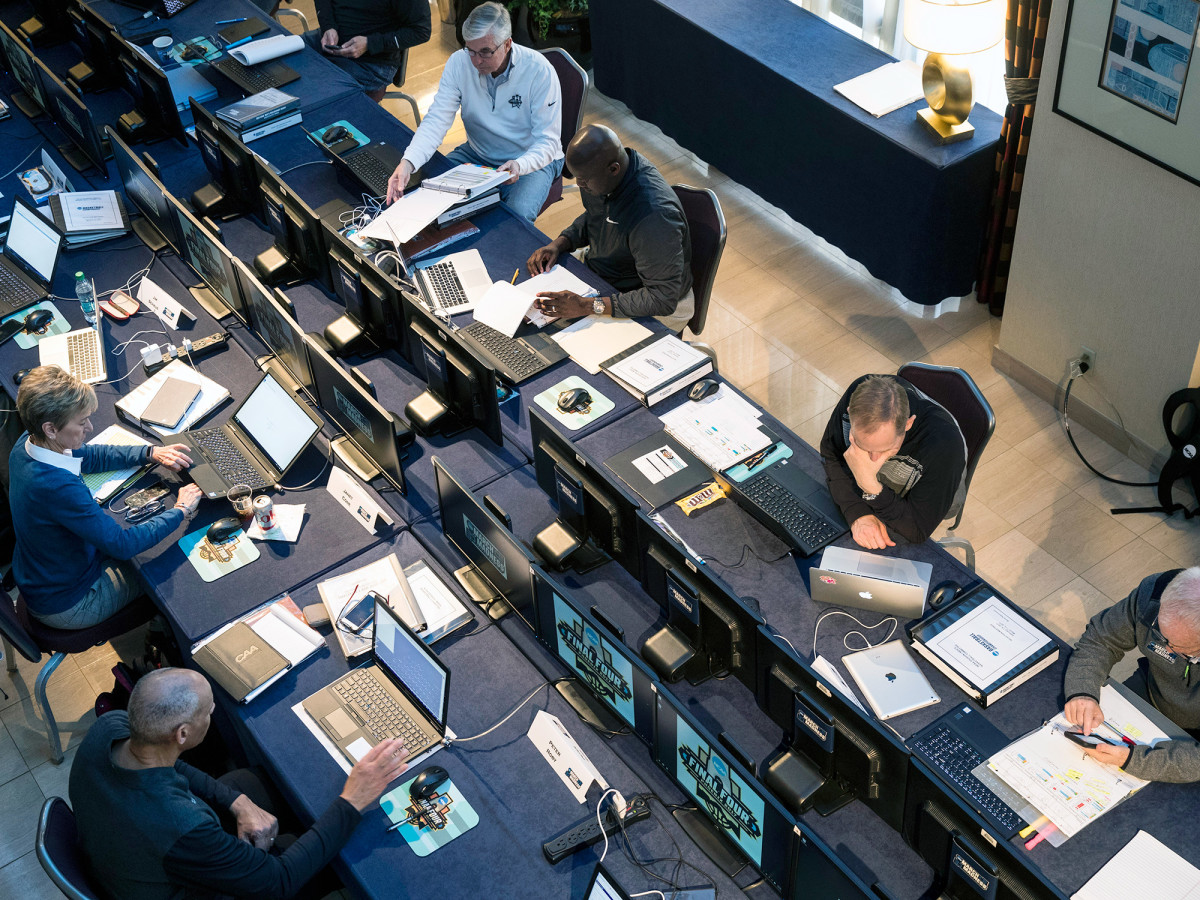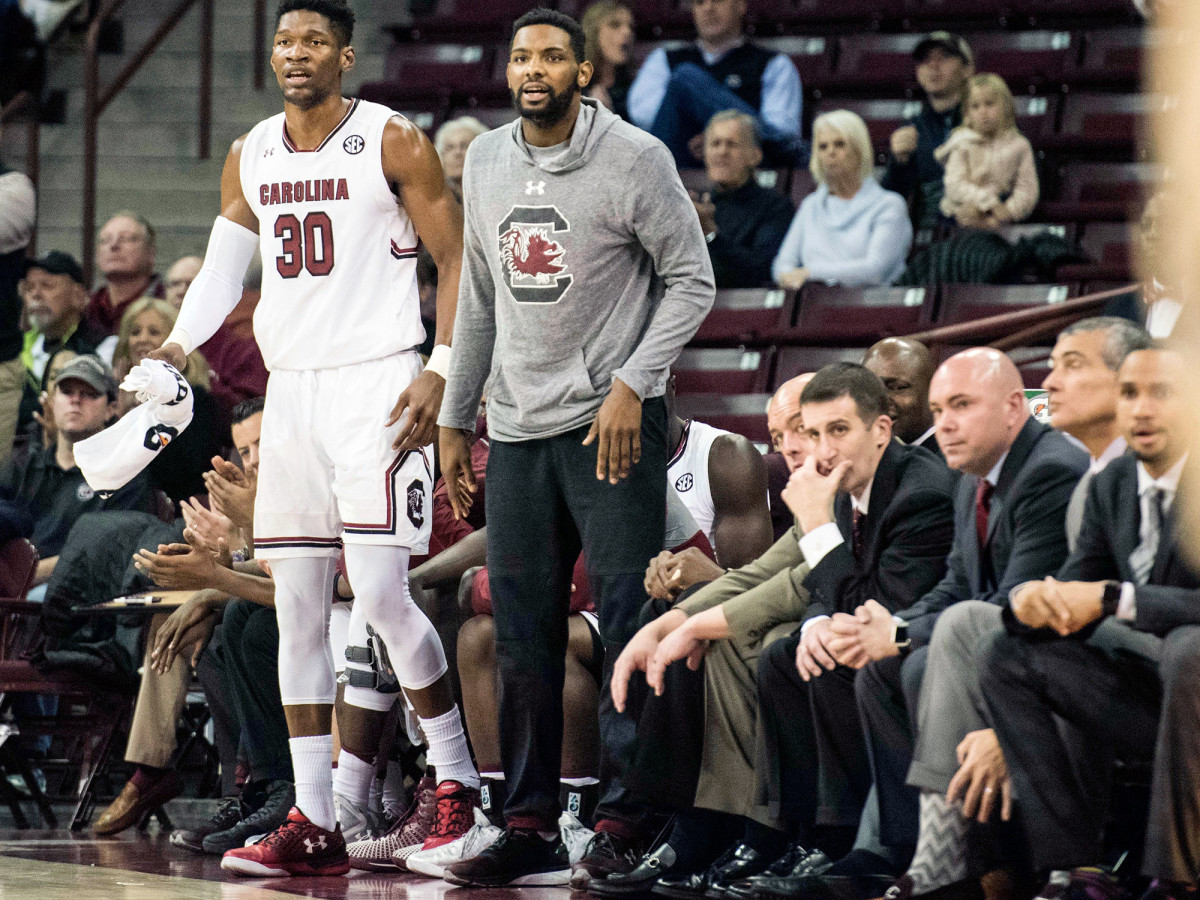Everything you need to know for Selection Sunday

No matter how much they huff, no matter how much they puff, the folks who put together the NCAA tournament bracket have a hard time dispelling hard-worn myths. They hold multiple press conferences, conference calls, media mock selections (don’t mock the mock!) and they even did a mid-February top 16 half-hour show to give everyone a peek inside the sausage factory. And yet, there are some basic facts about this process that continue to elude even the most passionate fans.
I can certainly understand that. Y’all have better things to worry about. As for me, it’s my job to delve into the minutiae. So let me offer up a quick primer on the final weekend of the regular season so you will have everything you need to know—and will soon forget—about the day that kicks off the greatest show in sports.
Q. What is the basic stuff we need to know about how this works?
Many people still do not realize that the committee ranks the field 1 through 68. That’s 32 automatic bids for conference champs and 36 at-large teams. It will spend the bulk of its time “scrubbing” this seed list to make sure the order is proper from top to bottom. From there, the committee will place the teams into each region giving preference to geography, not competitive balance. If you think there is an “S” curve, stop thinking. There is not and never was.
Bubble Watch: Evaluating the final teams fighting for a tourney spot
Q. So Mick Cronin was right, then? They keep teams home to sell tickets because it’s all about money?
This refers to the remarks the firebrand Cincinnati coach made last week, when he said that the committee moves teams up or down a seed line to get teams to play closer to home and therefore sell more tickets. In doing so, Cronin managed to say something that was both patently obvious and completely untrue.
In the first place, of course the committee tries to keep teams as close to home as possible. This became even more feasible after the “pod” system was put in place in 2002. One of the reasons behind that was in reaction to the year before when Maryland and Georgetown were both sent to the West region and played their sub-regional games in Boise, Idaho. That didn’t make any sense. So the committee came up with the “pod” system so teams could play their first and second round games closer to home.
Cronin, however, was off the mark in two respects. First of all, while the committee does reserve the ability to move teams up or down one seed line, that is done in order to follow its bracketing principles. Committee members have worked diligently over the years to minimize this, and in fact it has been several years since they had to change a team’s seed.
Second, ticket sales make up a very small portion of the overall NCAA tournament revenue. Plus, well over three quarters of the tickets for these games have already been sold. So Cronin’s argument that committee members, with just a few hours to go before the bracket is due, are moving teams up or down seed lines in order to boost ticket sales is just silly.
And even if they did, what would be wrong with that? Don’t we want teams, players, family and fans to travel the smallest distances to watch their teams play?

Q. How is the No. 1 seed race shaping up, and why is it so important?
To answer the second part first, it really isn’t. Getting a No. 1 seed means a slightly easier first-round game and maybe the inside track at a geographically advantageous assignment. That’s pretty much it. The rest of it is all about ego. Teams want to be properly rewarded for a great season. Being a No. 1 seed bestows a certain mystique.
As for this year’s group, I do think Kansas is still a lock for a No. 1 seed despite its loss to TCU in the Big 12 tournament. The Jayhwaks already have nine top 50 wins, and they were playing without their most talented player, freshman Josh Jackson.
That said, the loss might have cost them the overall No. 1 seed if Villanova wins the Big East tournament, but that won’t matter because Nova will still be sent to the East regional, while Kansas will be in the Midwest.
Power Rankings: Analyzing the offenses of the NCAA tournament's likely No. 1 seeds
North Carolina probably needs to win the ACC tournament to lock up a No. 1 seed. Gonzaga definitely has the inside track on the fourth, but if either Oregon or UCLA wins the Pac 12 tournament, one of those could leapfrog the Zags onto the 1 line.
Again, it doesn’t matter because the Zags are going to San Jose as either a 1 or 2 seed. I think UCLA would have the stronger case because the Bruins have two quality road wins at Arizona and Kentucky, and if they won the conference tournament that would mean beating Arizona and Oregon on a neutral court.
Q. So how does the committee go about setting up all those cool matchups? You know, where the schools that used to be in the same conference play each other? The cute narratives where the former assistant coach squares up against his old boss? The Louisville-Kentucky Sweet Sixteen games?
This is the one question that exasperates committee folks more than any other. The committee is convening in New York City for five full days and nights of discussion and voting. The vast majority of their time is devoted to setting that seed list 1 through 68. When you are looking at those rankings, there is literally no way to anticipate who would play whom in what round. It’s too confusing, and there are too many variables.
Bracket Watch: How conference tourney results are impacting the field
Q. What are the most important criteria the committee uses to decide who gets in and where everyone is seeded?
There are lots of different areas to consider, and there is never one good answer. From my experience, however, the two categories that stand out the most are the number of wins against the top 50 teams in the RPI and a team’s nonconference strength of schedule ranking.
People like to point out the bad losses on a bubble team’s resume, but every bubble team has bad losses—that’s why they’re on the bubble. The real barometer is whether they have proven that they can beat other teams that are going to be in the tournament, especially if those wins came away from home.

Q. So the number of top 50 wins and nonconference strength of schedule matter the most? Isn’t that unfair to mid-major schools that don’t have the ability to schedule up?
Yes, it is absolutely unfair and I abhor it—but there is not much the committee can do about that. It is their mission to select and seed the field based on results that have happened, not results they wish had happened.
Take a team like Princeton, which went undefeated in the Ivy League and is ranked 63rd in Ken Pomeroy’s efficiency rankings. Would I prefer to see Princeton in the tournament as opposed to a sub-.500 from a power conference? Absolutely, and I’ll bet there are a few committee members who feel the same. Unfortunately, Princeton has not defeated a single top 50 team all season and has just one win over a team ranked in the top 100 of the RPI. There is simply no way to justify giving an at-large bid to the Tigers, should they fail to win the Ivy League tournament.
Q. Why are we still talking about the RPI? Aren’t there better metrics out there?
Yes and no. You may have heard that the NCAA invited some of the folks who run these advanced metrics to Indianapolis to see if they might be able to either improve on the RPI or replace it. The problem is that a lot of the other metrics that fans and media prefer are “predictive” metrics that use factors like efficiency and margin of victory to calculate their rankings. That would be dangerous if that became part of the NCAA’s official metric. Committee members are free to look at scoring margins and incorporate them into their decisions, but do we want coaches trying to run up the score in hopes of improving their standing with the committee’s official formula? I sure don’t.
Still, anyone can access these different metrics, and all of the committee members find them useful in one way or another. Mostly, they want to see if there is a big difference between one ranking and another, and if there is, they want to find out why.
At the end of the day, though, I think there has always been way too much attention paid to the RPI. These people spend all season watching games, and they spend an entire week poring over all the data. And there are 10 of them, so they crunch the numbers 10 different ways.
Frank Mason III, Lonzo Ball lead SI's 2017 All-America teams
Q. What about the eye test? That matters a lot, right?
Actually, it matters very little—as it should. To be sure, these committee folks watch a lot more basketball than anyone on the planet. Trust me, I watch a lot of college basketball, but these people watch more than I do. Plus, they are on top of every little nook and cranny when it comes to injury and personnel issues. Each of the 10 committee members is assigned a small group of conferences, and it is their job to keep track of every injury or personnel issue that may or may not have affected results.
Moreover, every school and conference proactively communicates that kind of information. So if a school lost a couple of games without its third-leading scorer, trust me, that information will be disseminated. Say what you will about their judgment, but trust me, the one thing these folks do not lack for is information.

Q. About that whole injury/personnel thing—how much does that really matter?
As always, it depends. The main factor to look out for is whether that missing person had a big effect on outcomes.
The best example this year is South Carolina, which lost three of its nine games this season without senior guard Sindarius Thornwell, the SEC player of the year. So the committeee does, and should, take that into account.
The main piece of information here is that Thornwell has rejoined the team. That is not the case with, say, O.G. Anunoby at Indiana, John Egbunu at Florida, Edmond Sumner at Xavier or Maurcie Watson at Creighton. All of those players were critical contributors in their team’s success, but all have sustained season-ending injuries. Thus, the committee must judge the teams based more on who they are today, not who they were four months ago. That doesn’t mean Indiana’s wins over Kansas and North Carolina don’t count. It just means they count a little less.
Indiana would be foolish to fire Tom Crean
Q. Why doesn’t the NCAA recognize regular season conference champions as automatic qualifiers instead of the tournament champs? Wouldn’t that make the regular season more meaningful?
Actually, it is up to the leagues themselves to designate whom they want to send to the tournament as automatic qualifiers. Does it lessen the impact of the regular season? Sure, somewhat. So guess why they do it? Not hard, of course: money and exposure. The TV networks are not interested in broadcasting (or at least broadcasting and promoting) exhibition tournaments if they don’t really decide anything. You might argue that the mid-major conferences in particular are hurting themselves by not making sure they send their best teams, but obviously, they feel that the upside is worth that sacrifice.
I usually tend toward the traditionalist side of things, but in this case, I have to say I love the conference tournaments. Even the Ivy has finally joined the party, holding its first postseason tournament this weekend. Conference tournaments are a great place for players, coaches, employees and fans of all the schools to assemble in one place, take over the town and have a great time watching hoops.
And you absolutely can’t beat the drama of watching these kids at mid-major schools play a game in which the winner goes to the tournament and the loser doesn’t. I’ve always said you know you’ve seen a great game when it ends with players from both teams in tears. That’s what we have had all week, and that’s what we will get over the next month.
